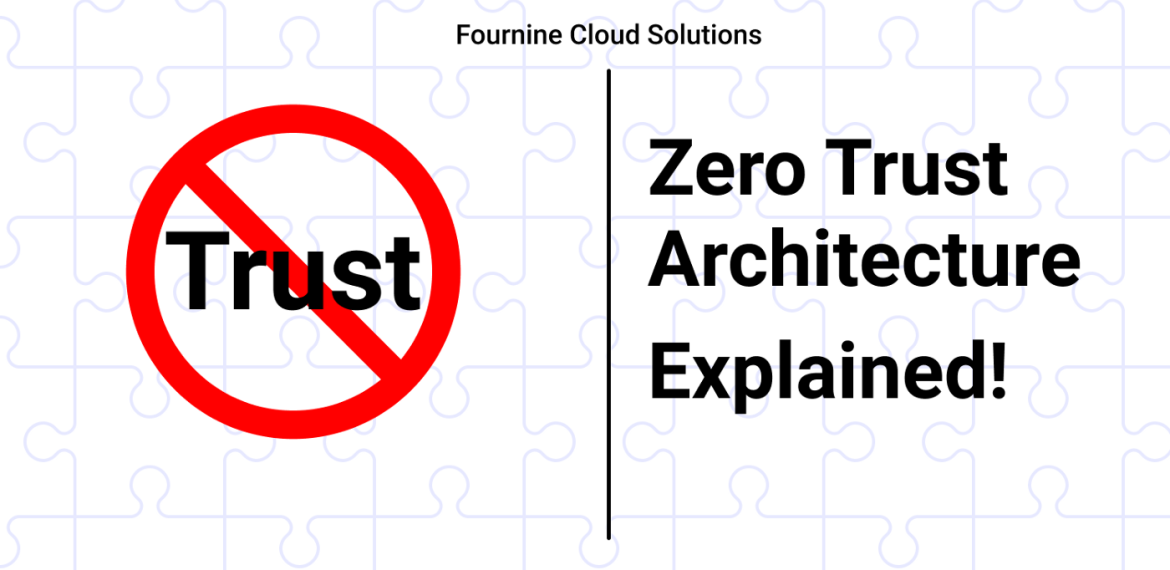
Zero Trust Architecture Explained!!
Zero Trust Architecture Explained!!
As the world moving fast in terms of internet adoption and usage, it is important to keep it safe from attackers. So, this Zero Trust Architecture helps organizations and users keep their data safe on the internet. This Zero Trust is created by John Kindervag. Let’s know more about this.
What is Zero Trust Architecture?
Zero trust architecture is a security framework that continuously validates and authenticates users, no matter whether they are from outside or inside the organization. All this happens while keeping correspondence free from prying eyes, whether it’s between devices that are on the same network or from others. In this architecture, networks can be local, in the cloud, or a combination or hybrid with resources anywhere as well as workers in any location.
Why “ZERO TRUST”?
The Zero Trust model is the most effective way for organizations to control access to their networks, applications, and data. It combines a wide range of preventative techniques including identity verification and behavioral analysis, micro-segmentation, endpoint security, and least privilege.
It is not enough to have a firewall that has packet rules or access policies set up to block suspicious or unwanted traffic.
An account that passes through authentication checks at the network perimeter should be evaluated further for each session or endpoints it is trying to access. Therefore, organizations must continually monitor and validate that users and devices have the proper privileges and attributes. Organizations must know all of their service and privileged accounts, and establish controls about what and where they connect.
This added layer of security is critical, especially since companies are increasingly focusing on protecting their cloud infrastructures.
Because of many endpoints in organizations with a global workforce and promoting remote work, there are many potential points where a breach could enter the network. By separating the network into isolated segments based on identity, groups, and connection strengths that is, communication patterns
Major Principles of Zero trust architecture:
As from the name itself, it says never trust anyone and should be verified every time.
- No trusted source:
In ZTA there is no such thing called trusted source. As the system thinks, attackers are present both inside and outside. As such, every request to the system must be authenticated every time.
2. Less privilege access:
This means only allowing access to the information each individual needs. This limits the ability of malware to jump from one system to another
3. Micro-segmentation:
The process of segmenting the network will create separate areas with different access permissions. This ensures that even if one area is breached, it cannot be used to access another area.
4. Multifactor authentication:
This is one of the most common ways to confirm the user’s identity and increase the security of the network. MFA relies on two or more pieces of evidence, including security questions, email or text confirmation
Benefits of Zero trust:
The key benefits of a Zero trust architecture is being protected from all sides. Particularly when compared with the traditional model, those models mostly focuses on network perimeter. Many of today’s breaches occur within by employees or by threats that have entered into the network through various streams like Emails, VPN’s and others. To combat this, Zero Trust takes away access from anyone and everyone. Then, it continuously monitors how you’re using data and potentially revoking permissions to copy that data elsewhere.
The key to designing for zero trust is to focus on what you’re trying to protect, who you’re protecting it from, and recognizing that zero trust underlies the entire security solution, not the other way around.

